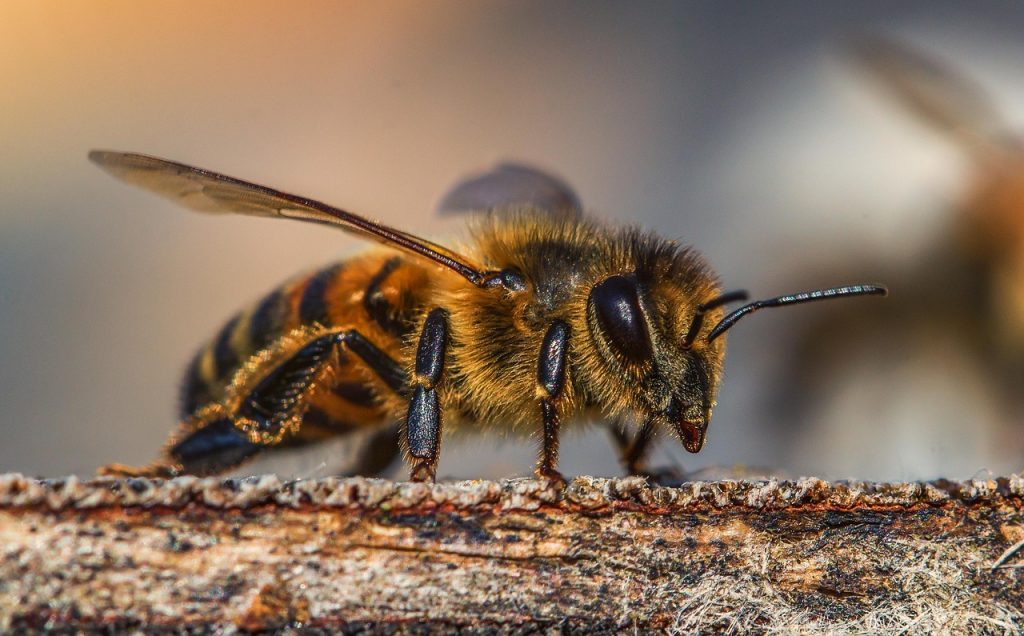Killer Bees Are Attacking Dogs
Two dogs were found dead in McAllen, Texas, after a swarm of killer bees attacked them
This article is more than 2 years old

Two dogs were found dead in McAllen, Texas, after a swarm of killer bees attacked them. The tragic incident occurred on March 16th at an empty house with a perimeter fence. According to Fox News, city officials received a call about the incident, but the owner refused to allow them to remove the hive. As a result, a warrant was obtained to gain access.
Speaking about the killer bees, Devon Johnston of R9 Hive & Honey said the winged insects were possibly agitated by someone who ran by the dogs. After they left, the animals became the attack target and died from multiple stings. Hundreds of dead bees were found on the patio. There were also muddy paw prints and blood where the dogs desperately tried to get inside the house.
No other injuries were reported from the killer bee attack. According to Johnson, the hive was inhabited by Africanized honeybees. Although they are classified as aggressive, they only attack when threatened, just like regular honey bees. They also have a three-day memory span. So if they get triggered by something, they could express their aggression later.
Johnson told KVEO (via Fox News) that the incident was strange since these “killer bees” don’t make a special effort to attack. However, when the active hive was found, it appeared to be covered with fresh foam, which indicates that someone may have interfered with it. Additionally, the dogs were housed in a fenced porch on the other side of a duplex.
Widely known as the Africanized honey bee, these killer bees are a hybrid bee species resulting from the interbreeding of the African honey bee and various European subspecies. The crossbreed came about after scientists in 1950s Brazil imported African honey bees to improve honey production in the country. But some insects escaped and migrated to Europe and the United States.
These killer bees are now found throughout South and Central America. They are also found in southern parts of the United States, like Arizona, New Mexico, and Texas. Known for their aggressive behavior, they are more likely to attack humans or animals than European honey bees. When agitated, they attack in large numbers, pursuing their target for long distances.
Interestingly, killer bees are more likely to colonize non-traditional nesting sites. This includes the insides of walls or other awkward spaces, which make them difficult to remove. They are also less productive honey producers compared to their European counterparts. Constantly on guard for threats, these bees can find the clothing color or cologne scent problematic.
If killer bees attack you, health officials say finding an enclosed shelter like a car would be best. But if you have to run, getting a quarter mile or more away from where the attack began is advised, the Scientific American reports. If you notice bees entering or exiting an enclosed area, never approach or disturb them.
Bees have evolved to recognize dark colors as predators. To prevent stings from killer bees, wear light-colored clothing to avoid being mistaken for an environmental threat like bears and other dark-furred mammals. If you locate a bee swarm or hive on your property, contact a beekeeper for removal instead. Never attempt to exterminate them on your own.








